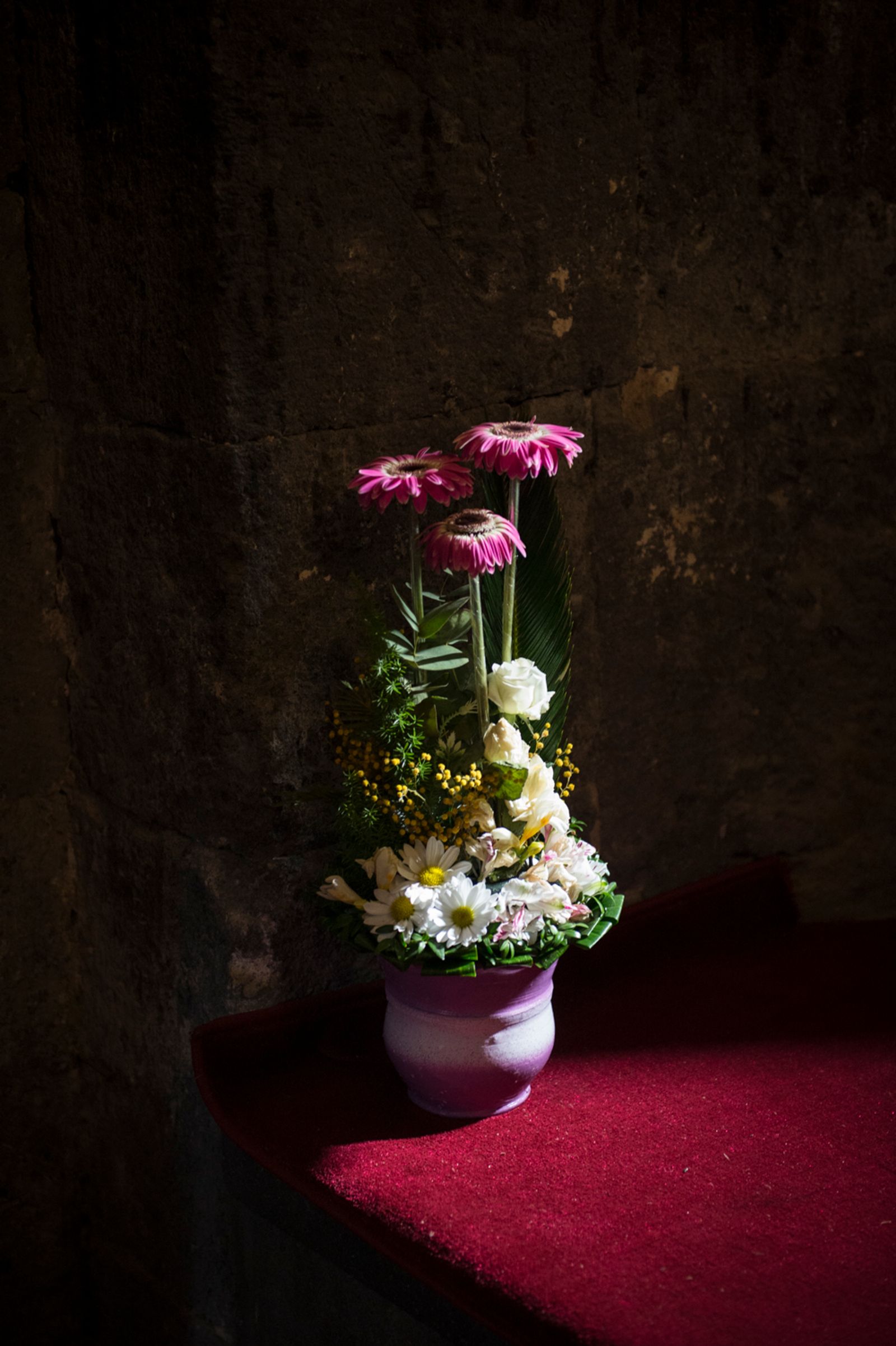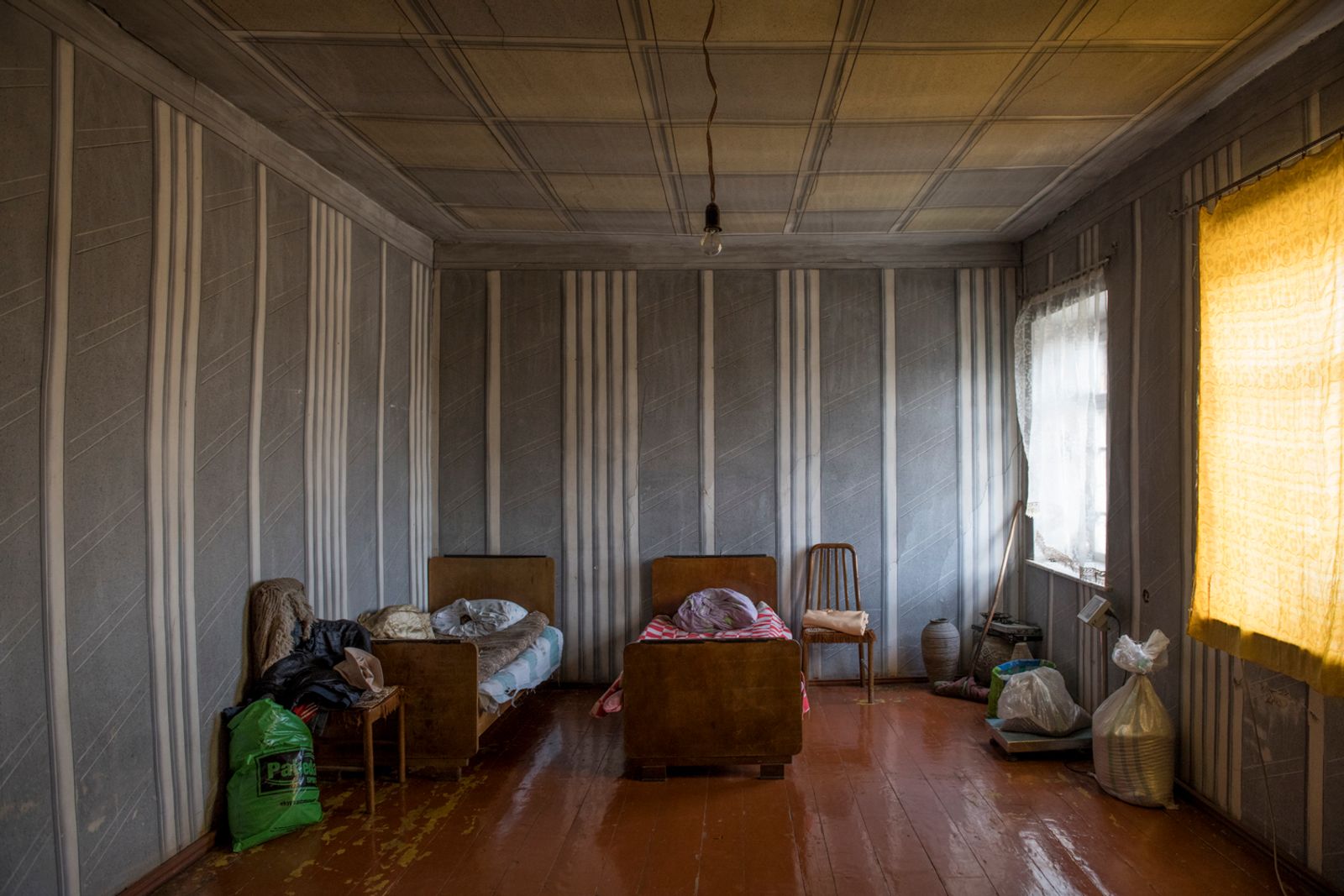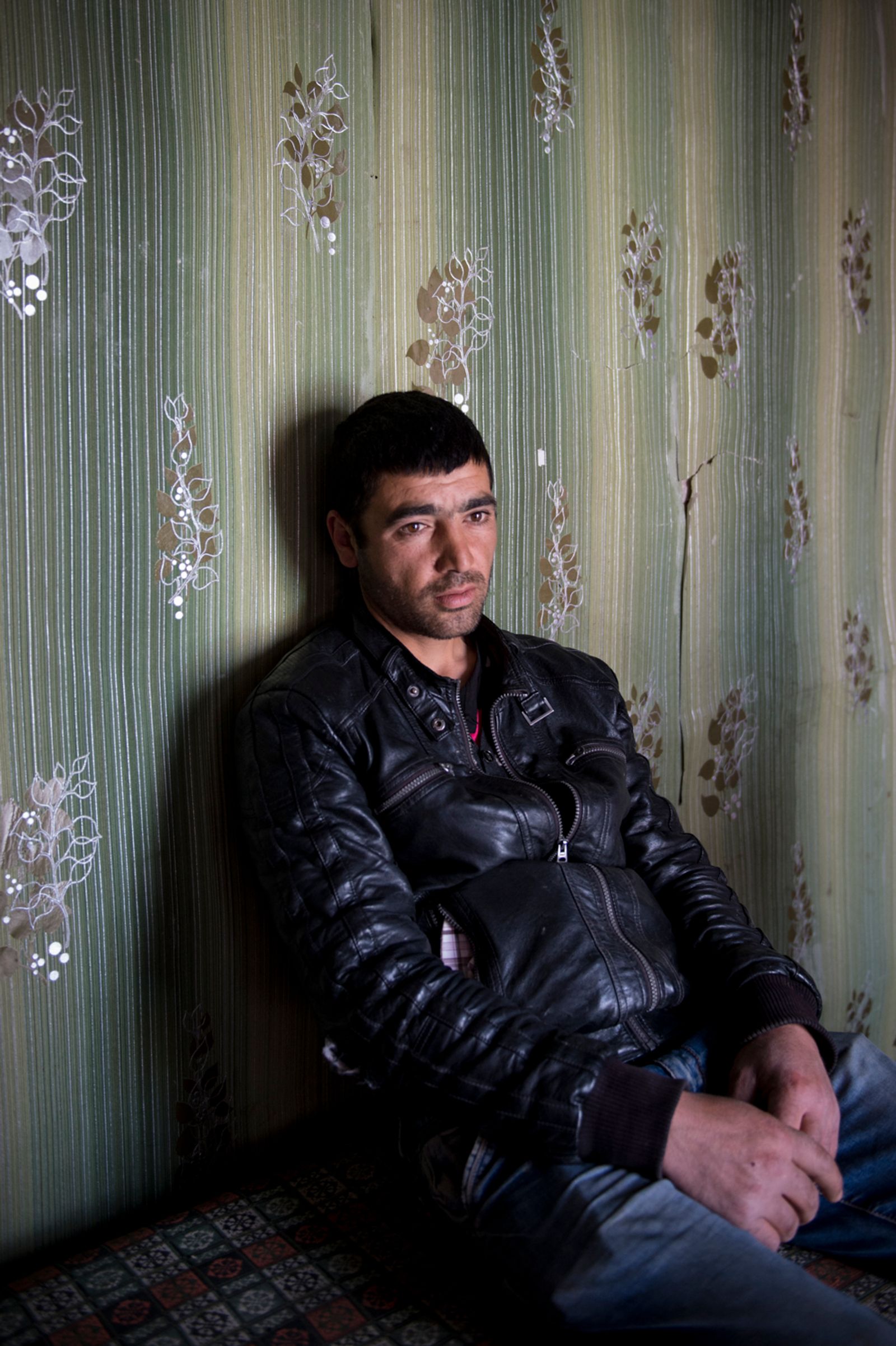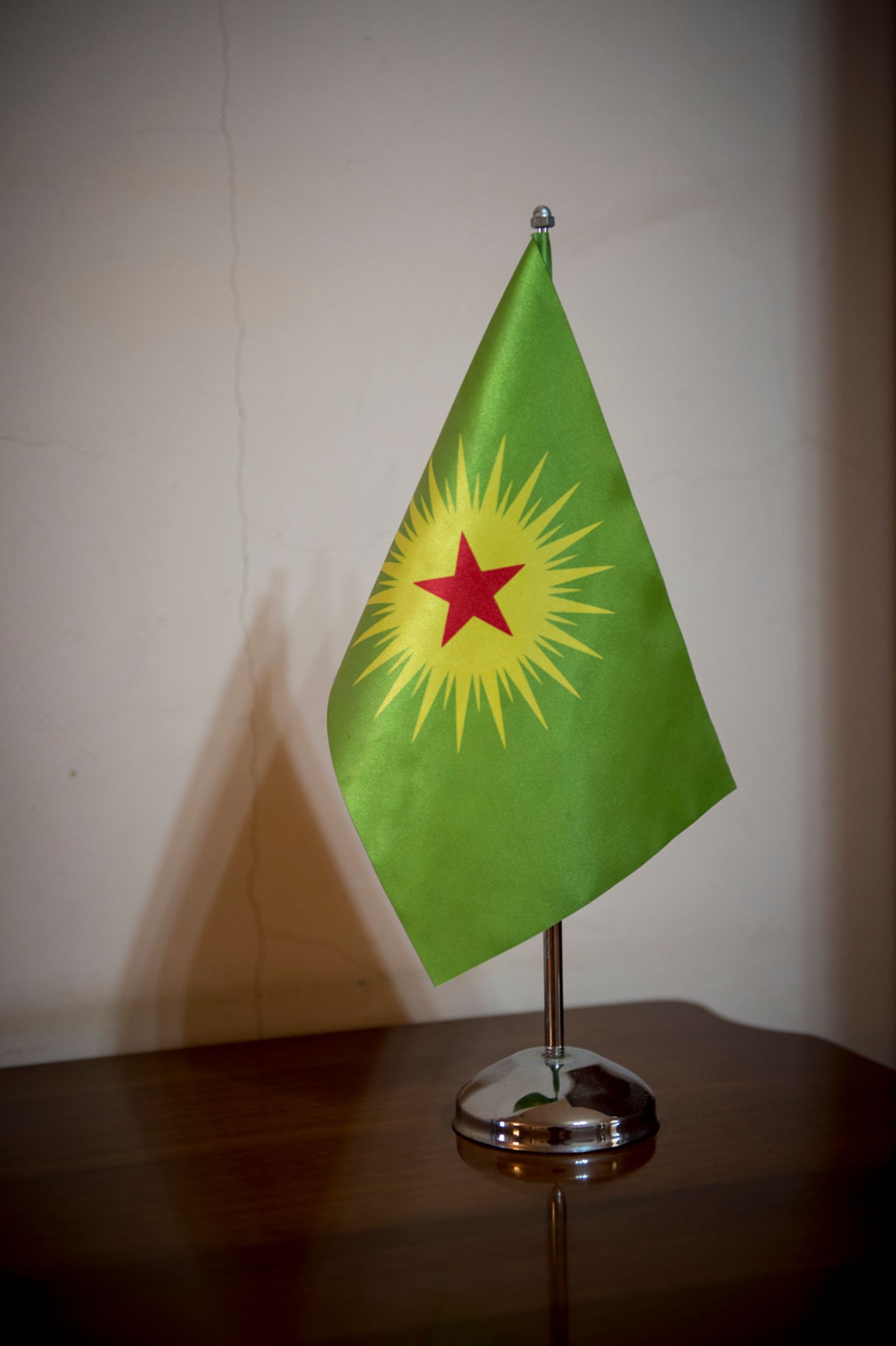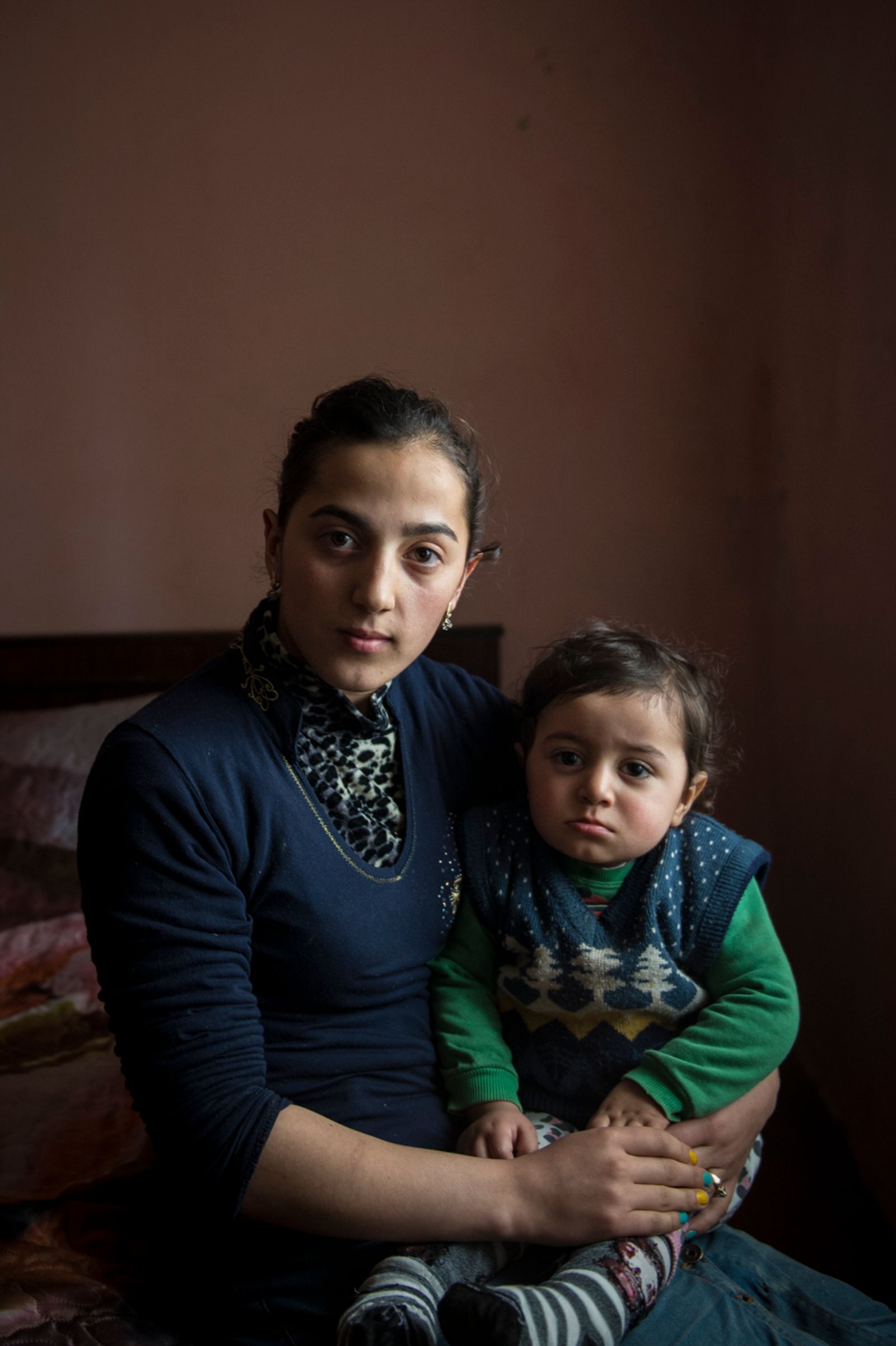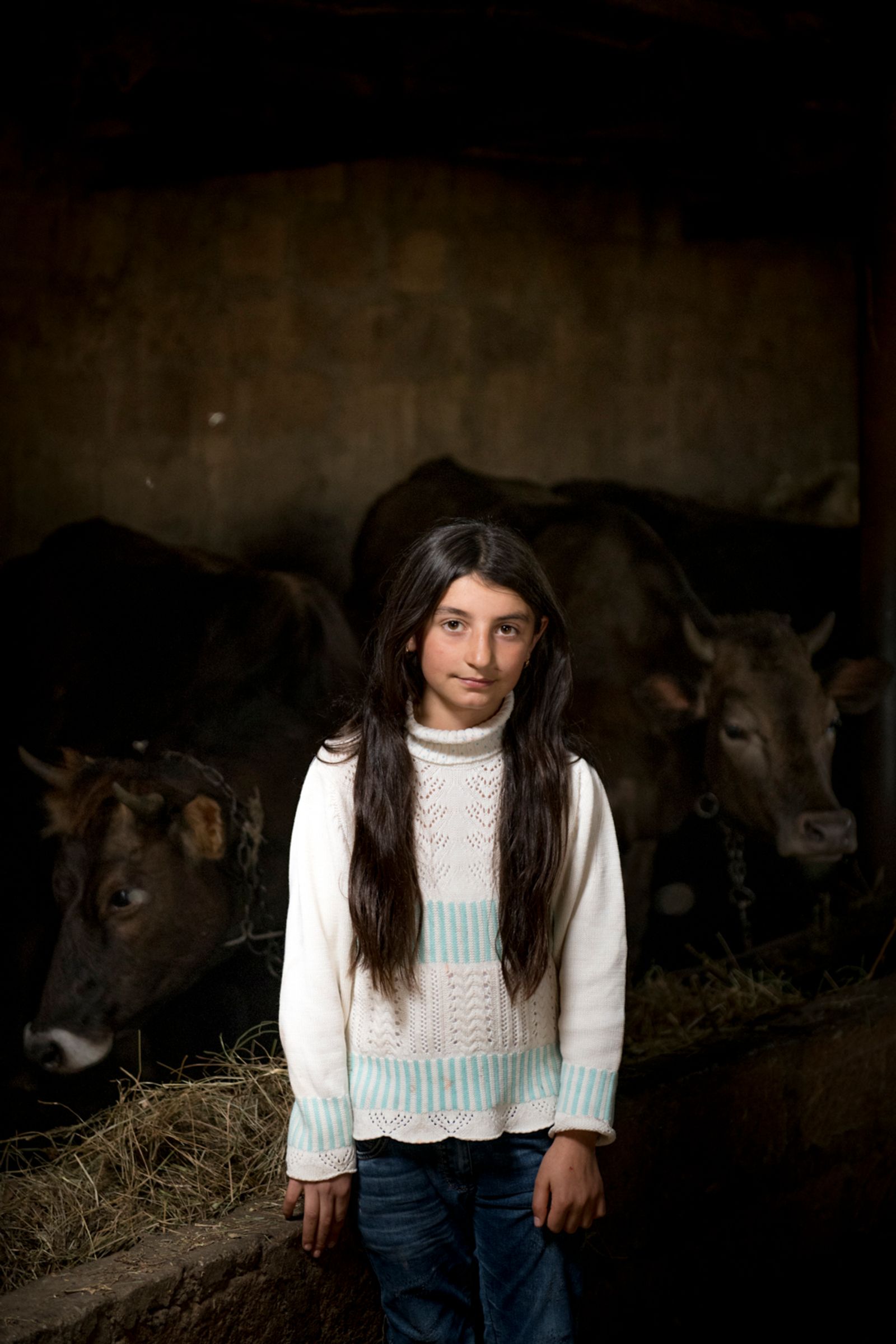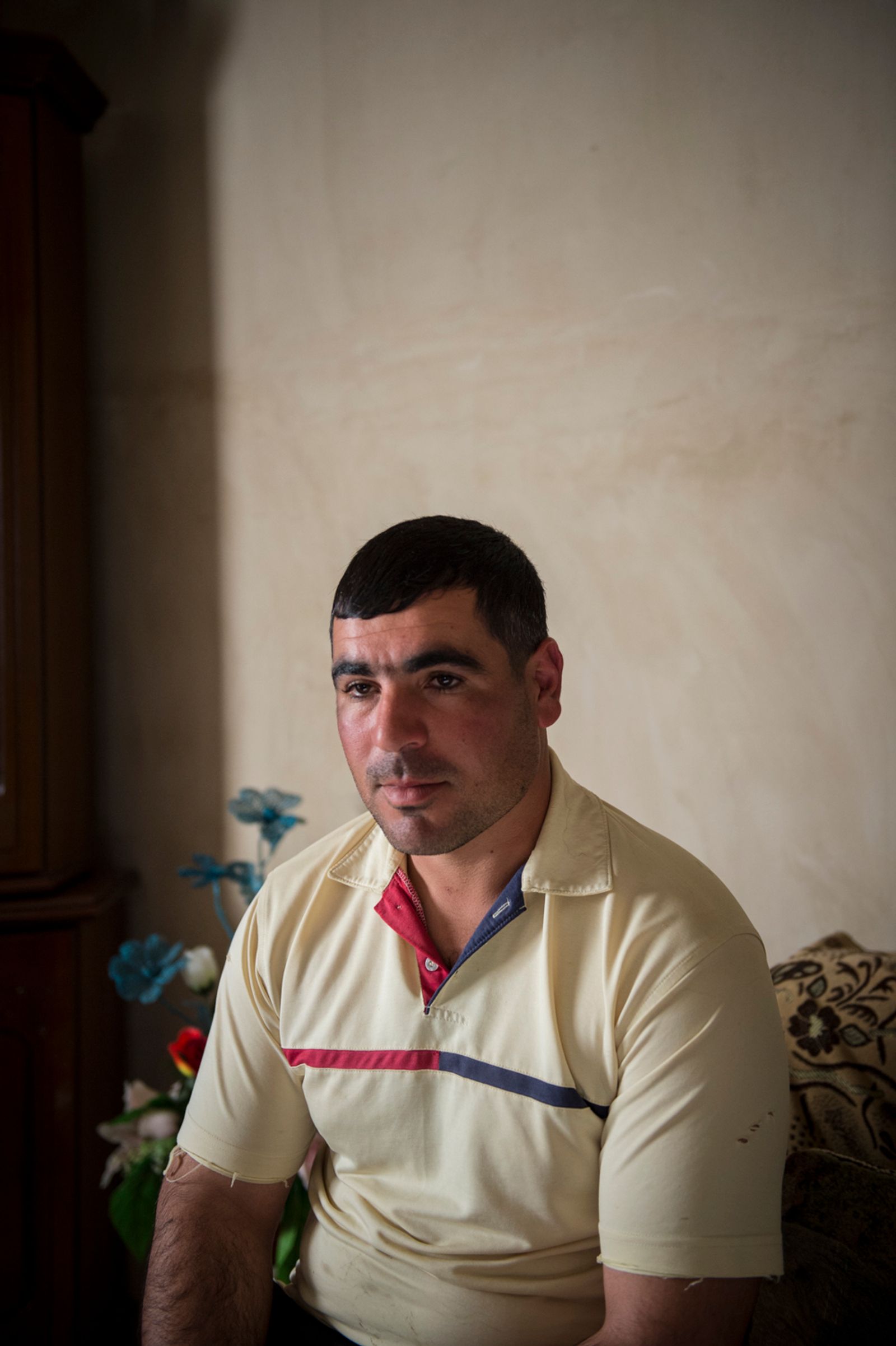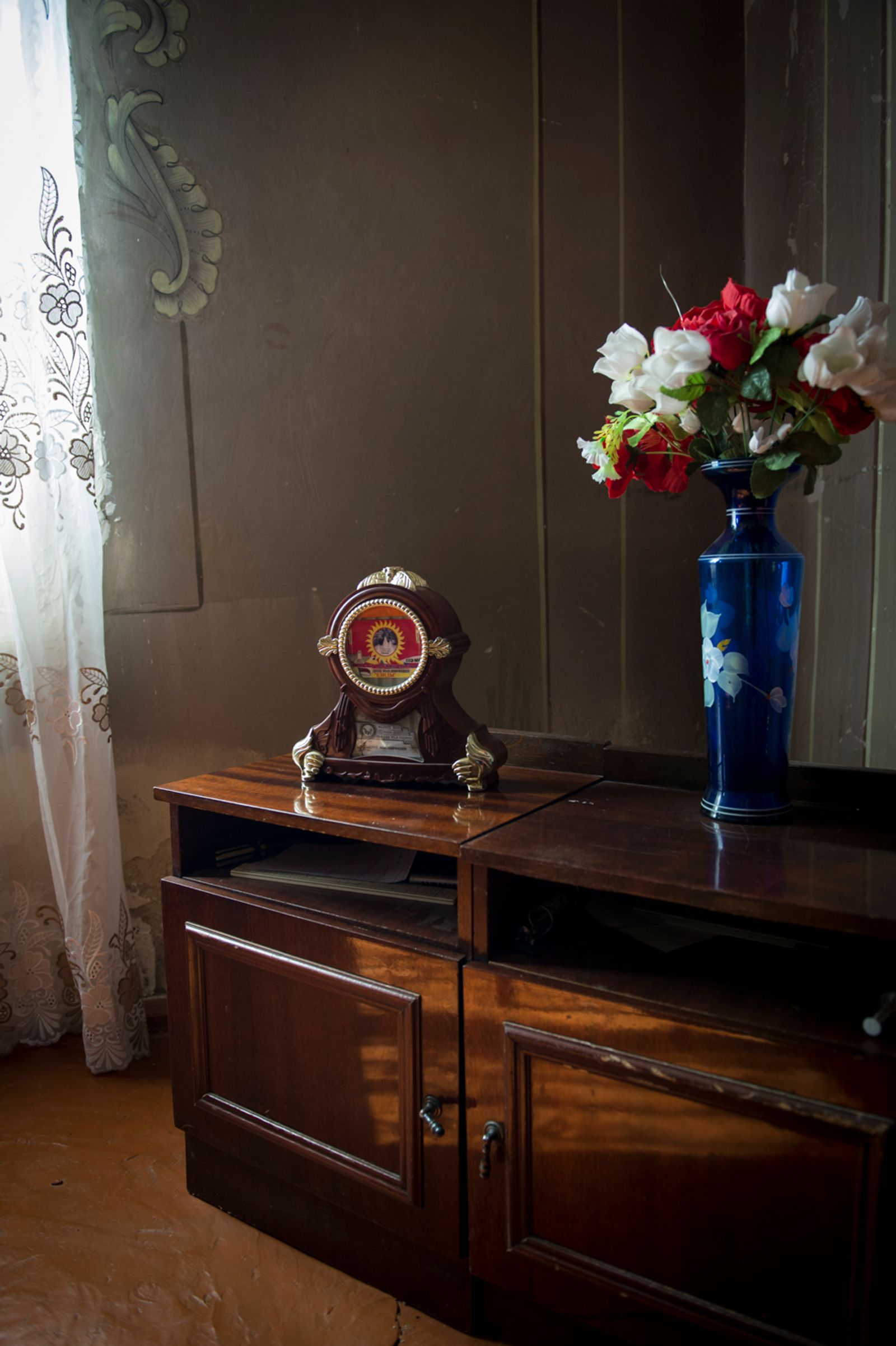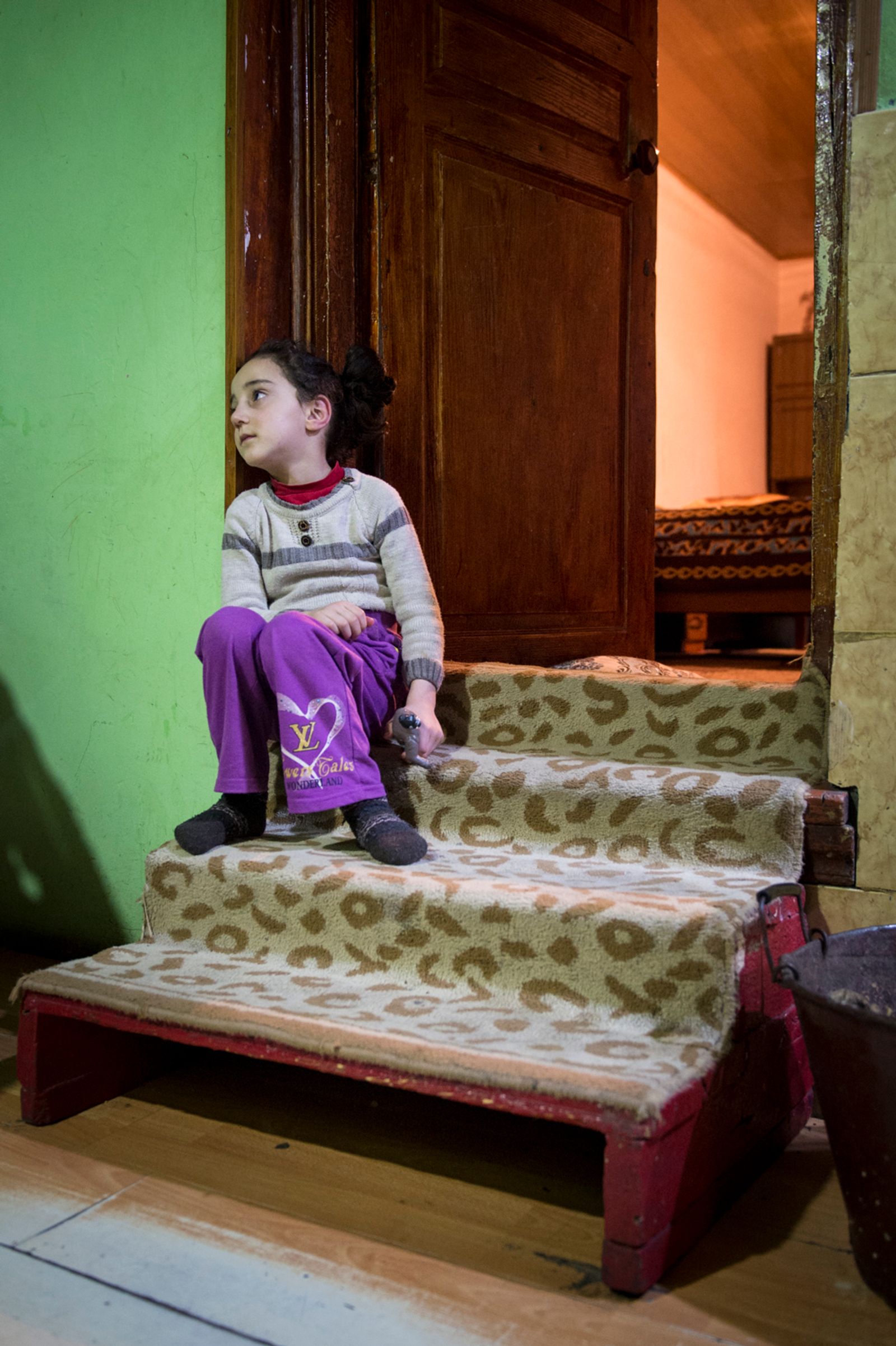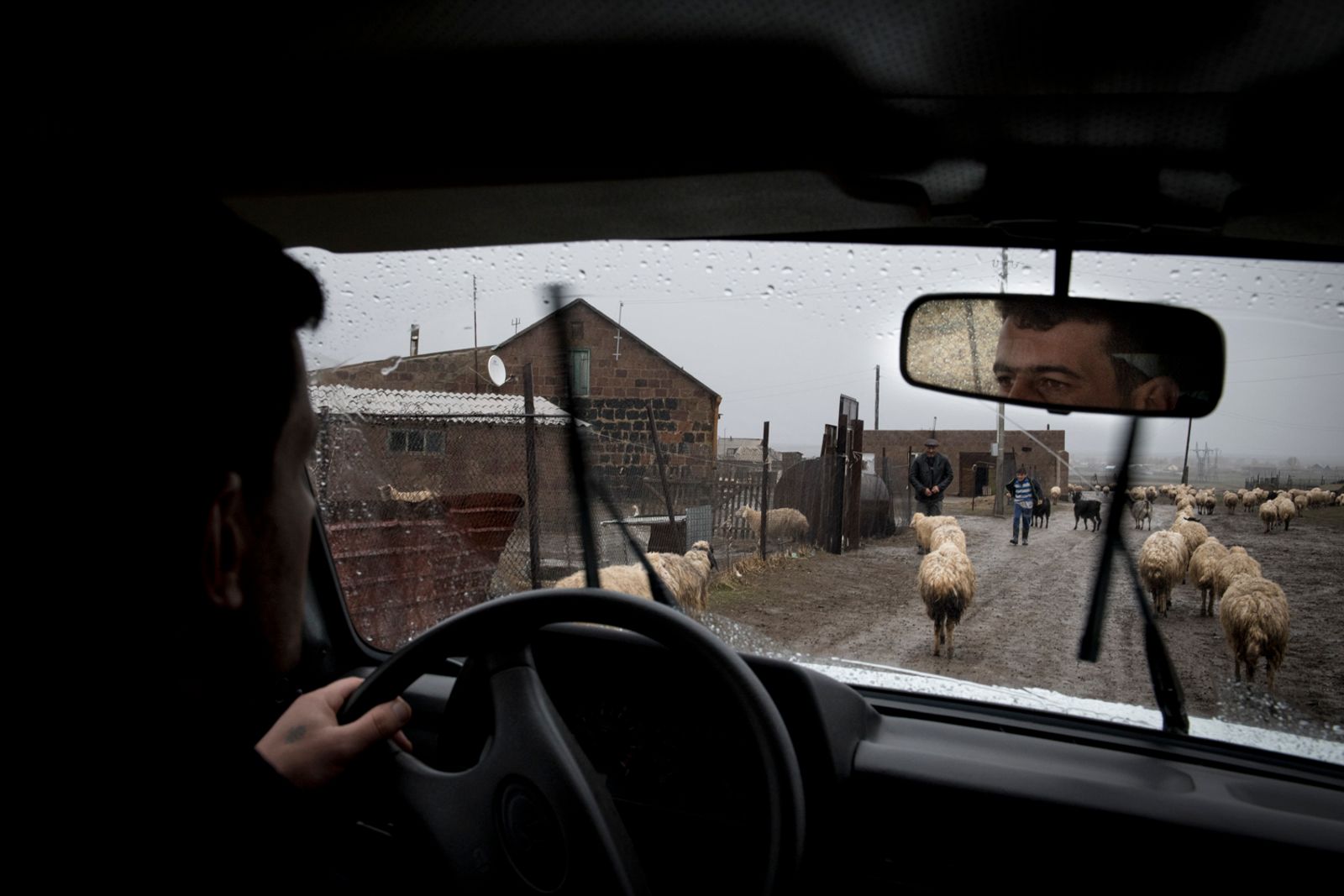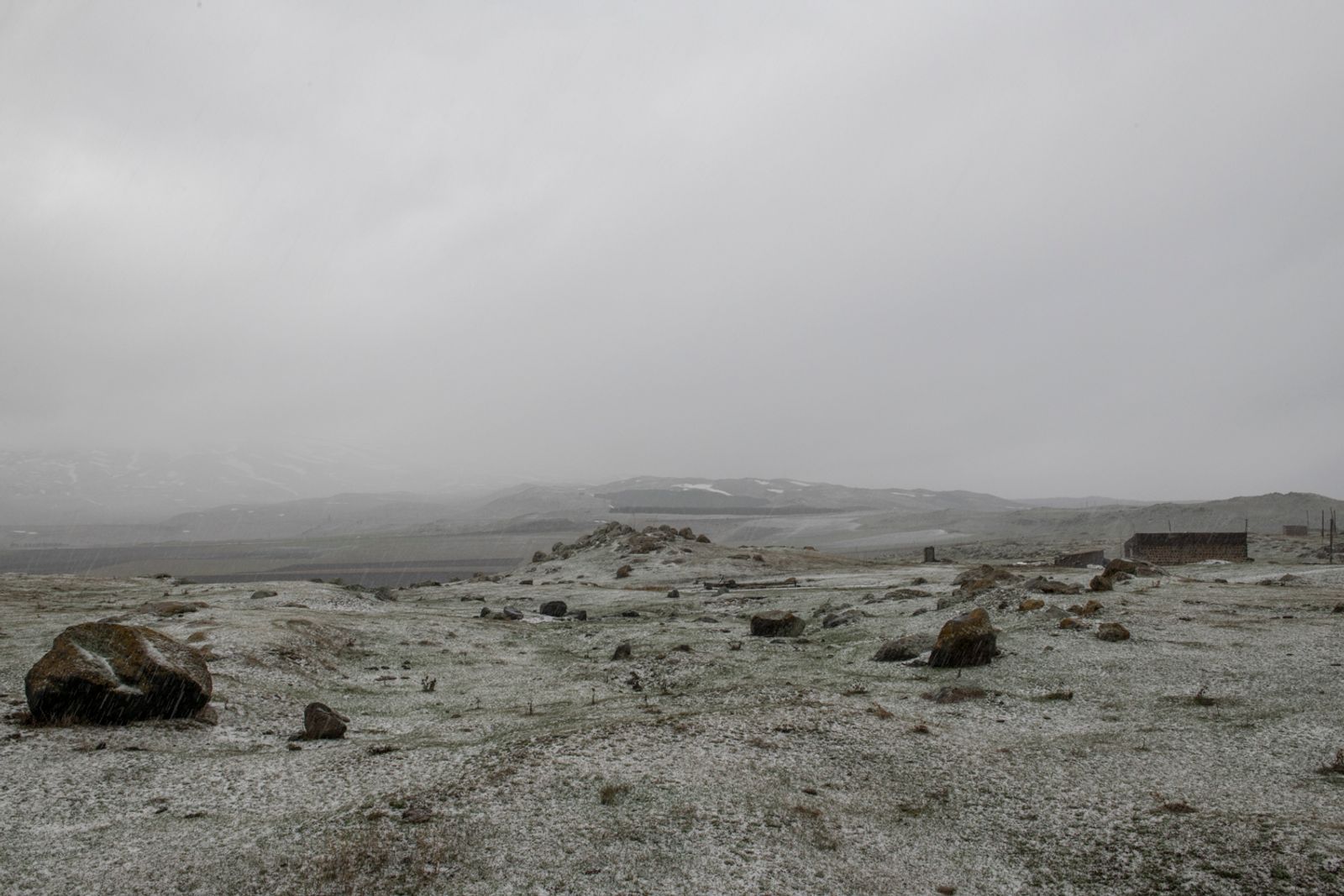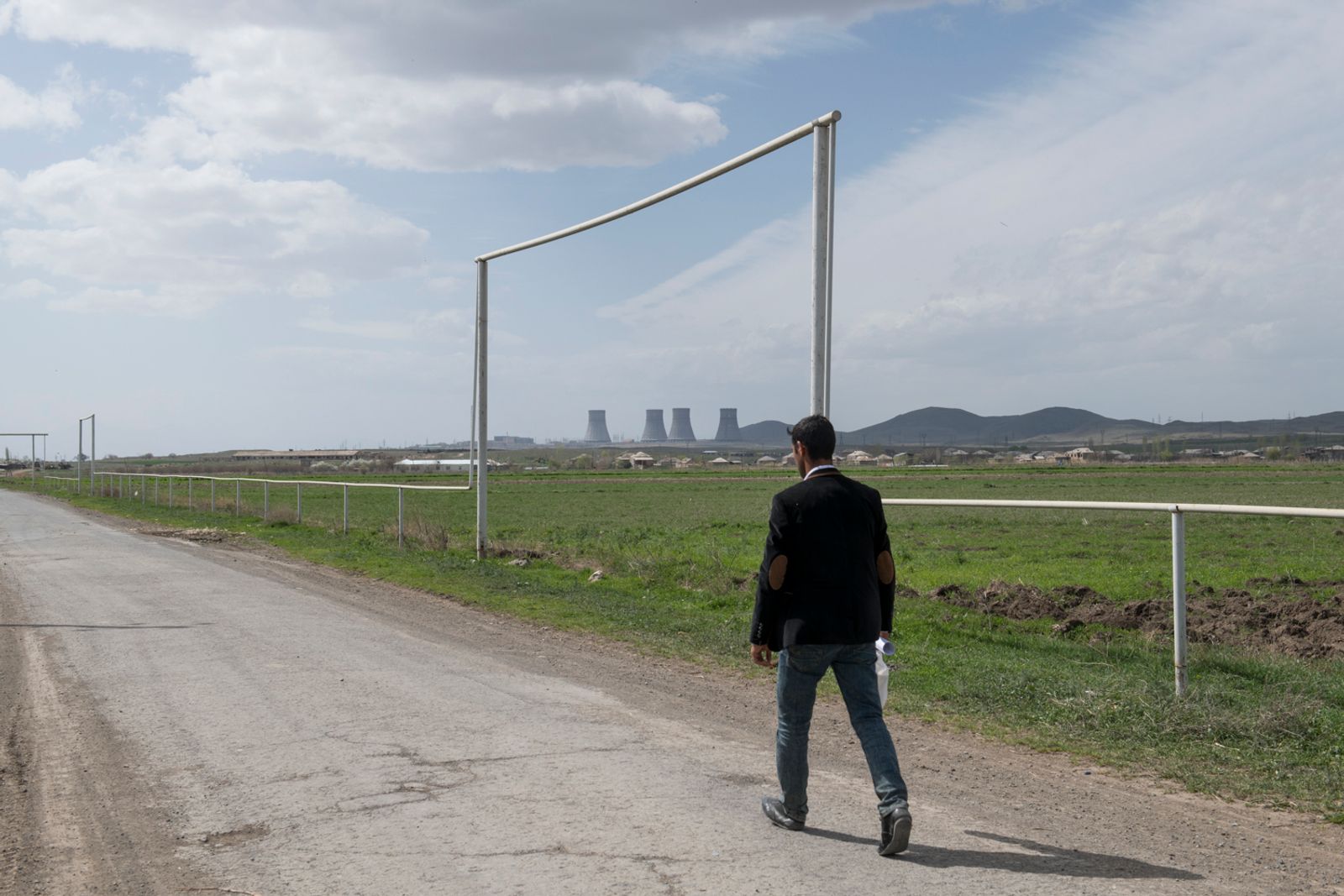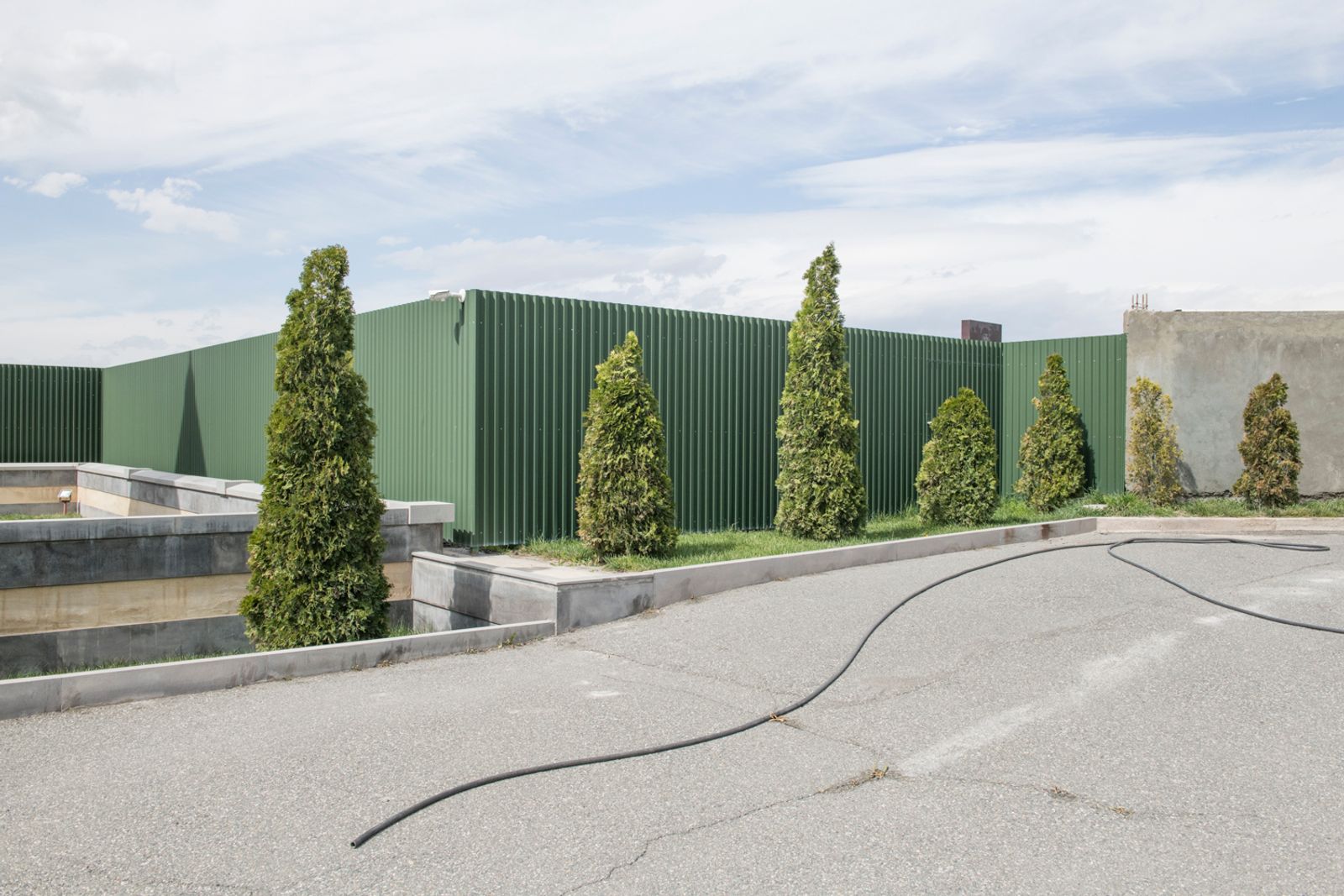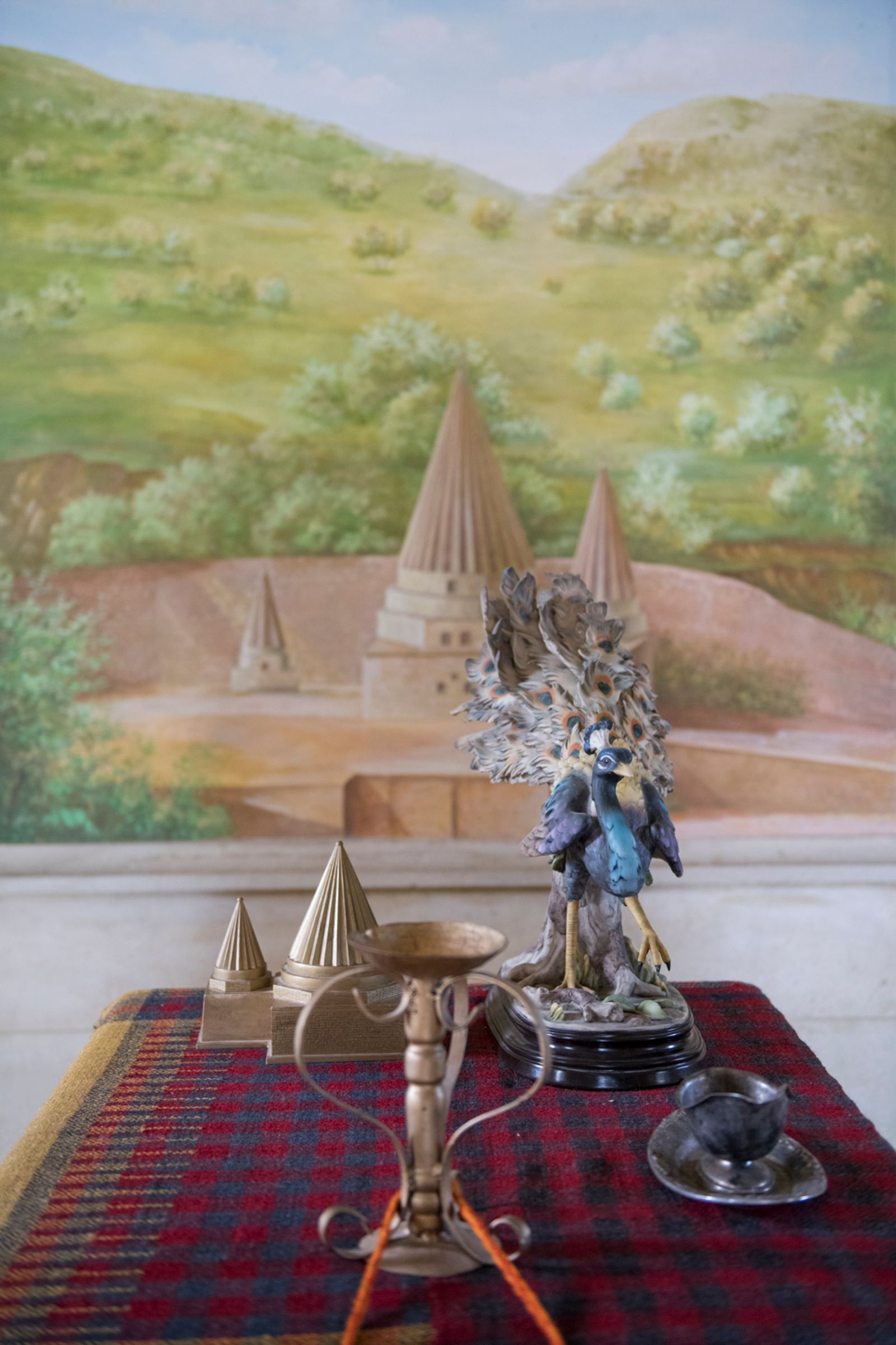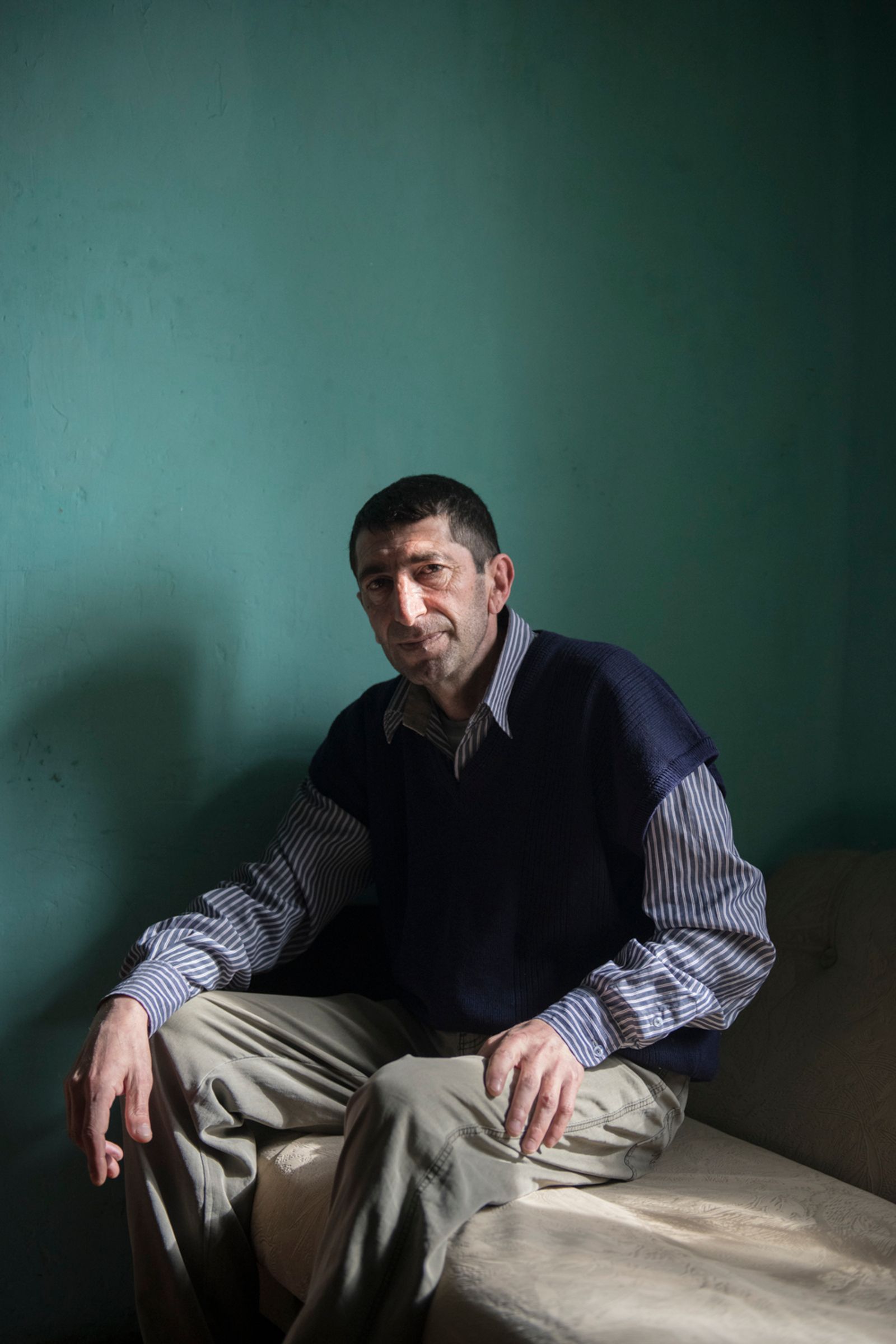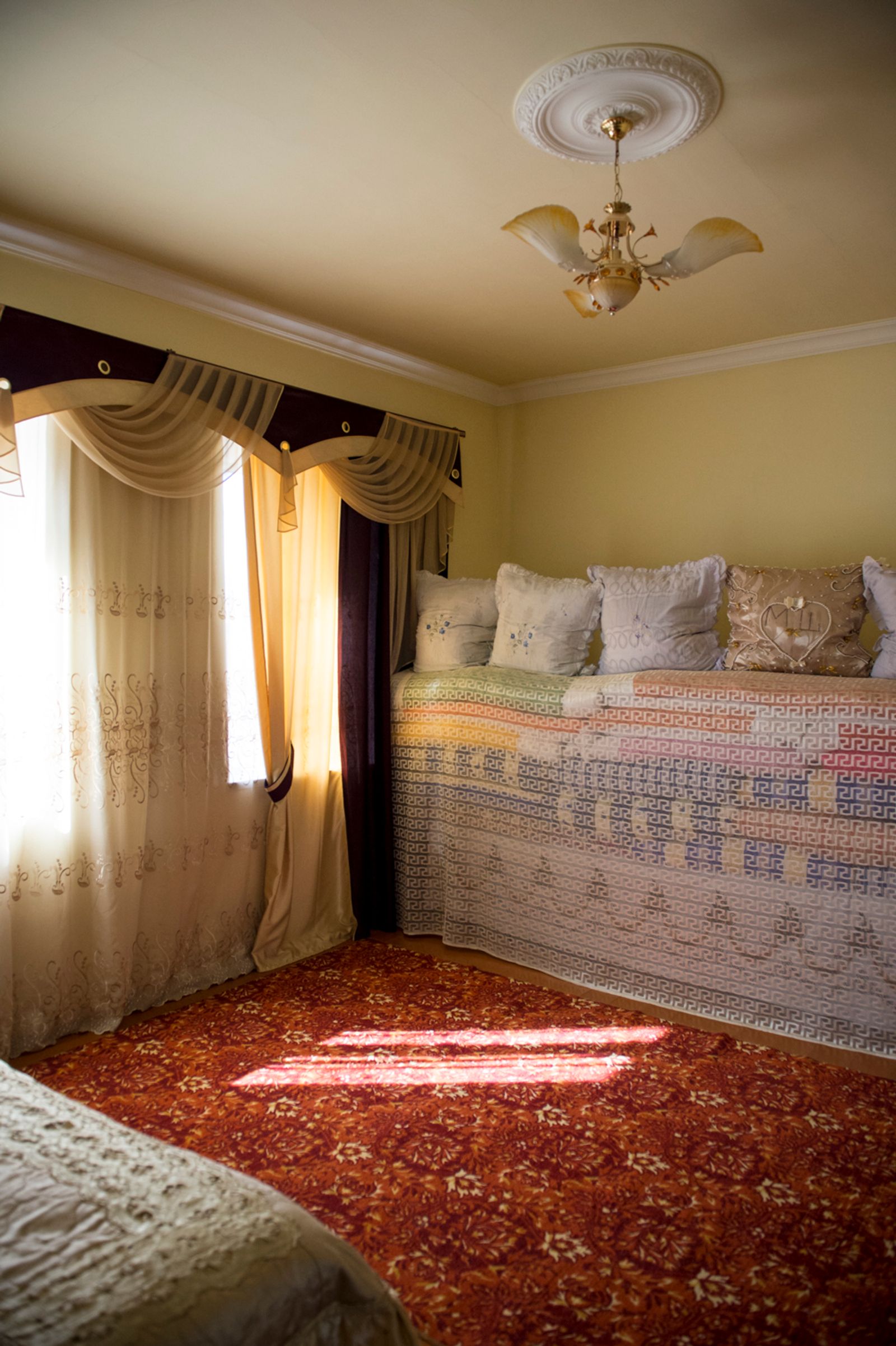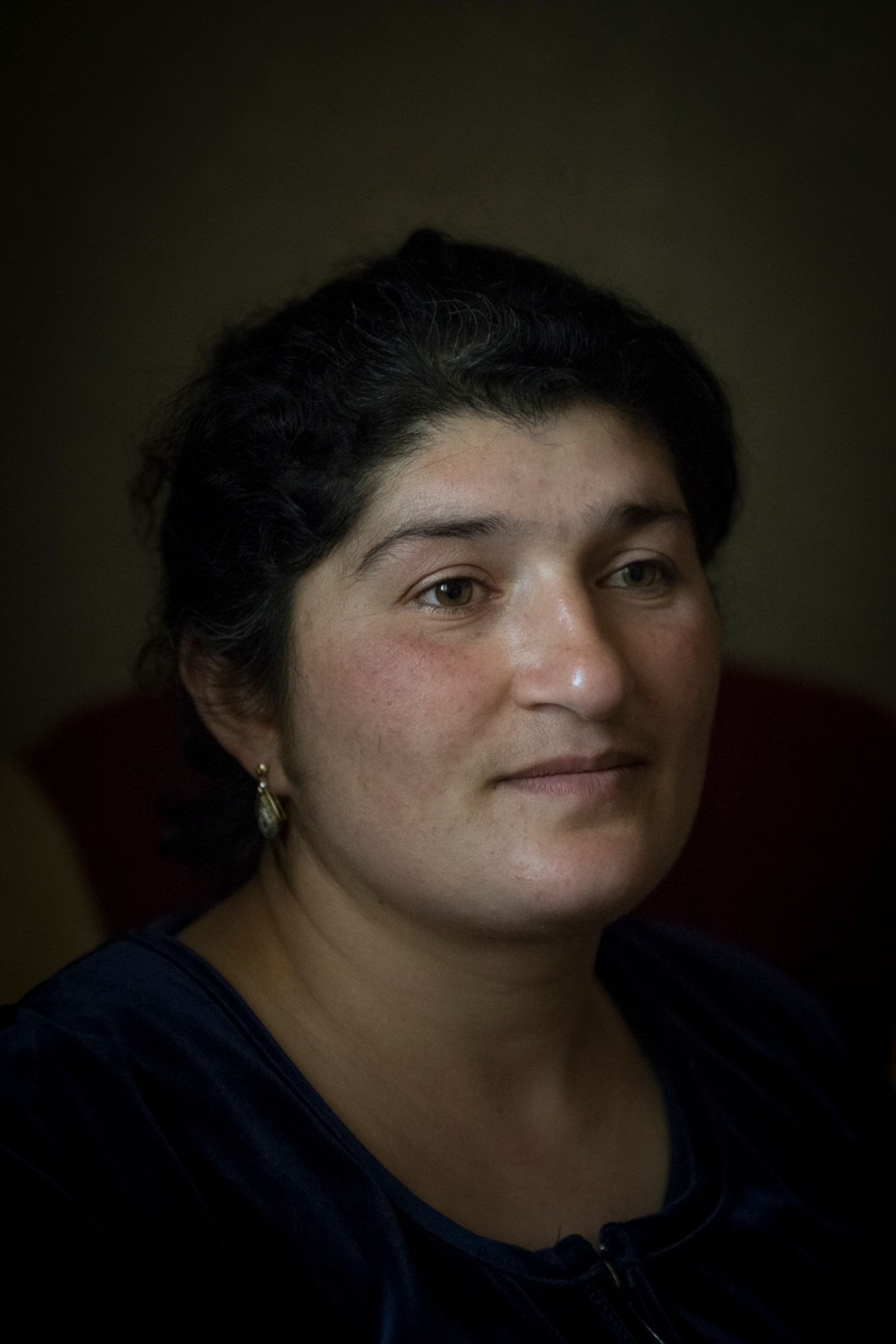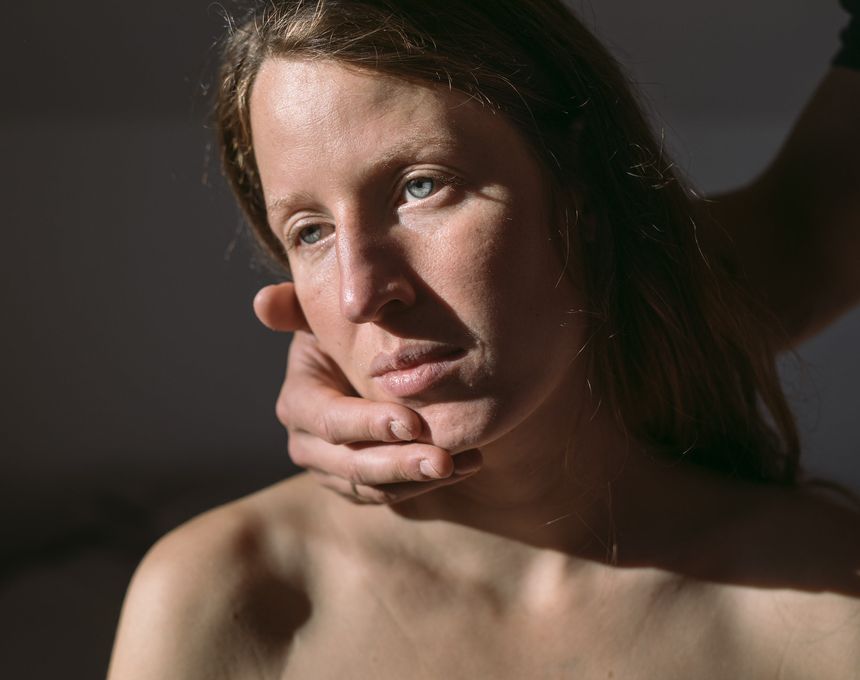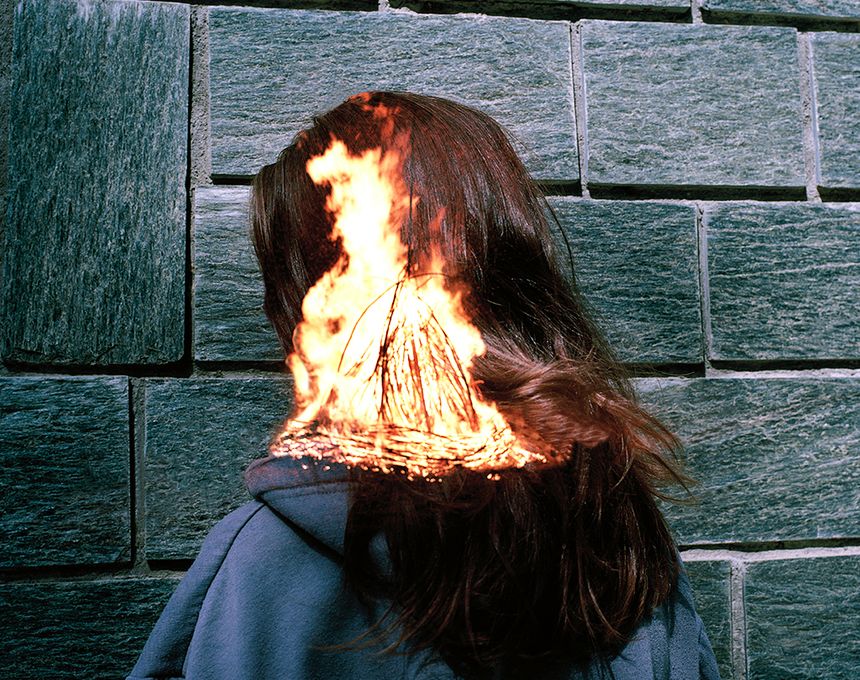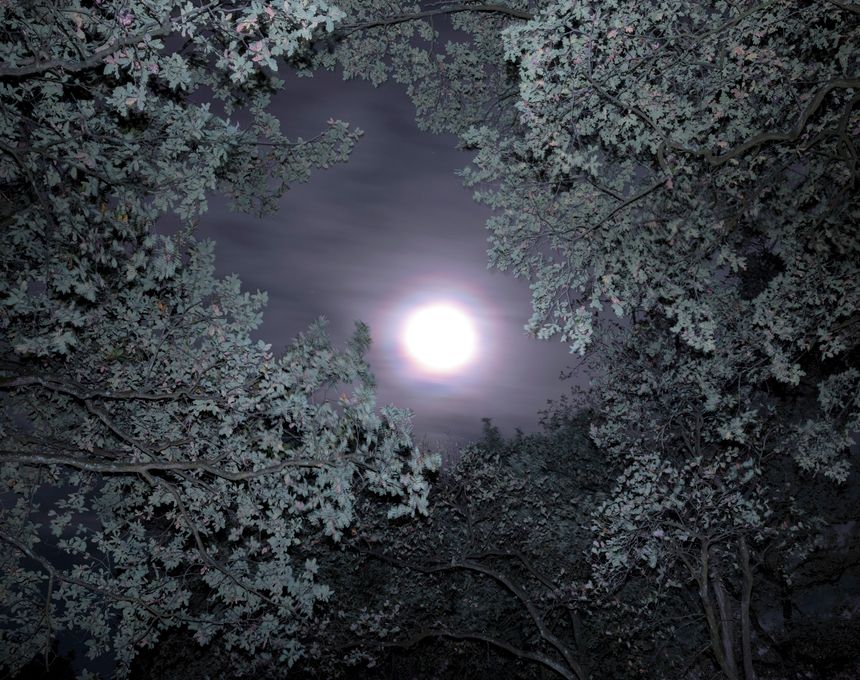PEACOCK BLUES The Armenian Yazidis.
-
Dates2018 - 2018
-
Author
- Location Armenia, Armenia
Yazidism is one of the oldest religions in the world. It is the only one that foresees neither proselytism nor the possibility of joining the faith except by bloodlines. It was already practised by the Sumerians and the Mesopotamians around 4000 BC. This religion includes elements of Zoroastrianism, Sufism, Christianity and even Islamism.
The Yazidis have faced endless persecutions and repeated massacres over the years. The most recent is the genocide which took place in 2014, completed by Isis in the sacred region of Sinjar in Iraq, where more than 5000 people were slaughtered. Only in 2016 the massacre was recognized as genocide by the international community for the defence of Human rights.
The Yazidis arrived in Armenia following the genocide of 1915 and constituted the largest ethnic minority in the country. Armenia is the only state in the world that has of cially recognized the Yazidis to be an ethnic- religious minority therefore protecting their traditions: the Yazidis culture and religion are taught in schools and the Constitution guarantees the Yazidis ve places in the Government.
The Yazidi society is divided into three castes: the Sheiks, the Pirs, the Nirids. The Nirids are the common people, while the Pirs and the Sheiks (the latter group was probably inherited from the Islamic world) are the spiritual guides of the community and those who of ciate the rites (weddings, funerals) and perform propitious sacri ces. Belonging to castes is hereditary, as it is for religion. Until recently females were not entitled to education and they had to marry very young.
The Yazidis have always been considered semi nomadic shepherds although today men, in order to support their family, have to move to Russia to nd work as bricklayers while women remain alone looking after
the animals with the children. The religion has been handed down so far only orally from community to community by Sheiks and Piers. In this way, the dictates of the Yazidis’ creed have been changing over time and depending on the place, and their religion is at risk of losing its original identity.
